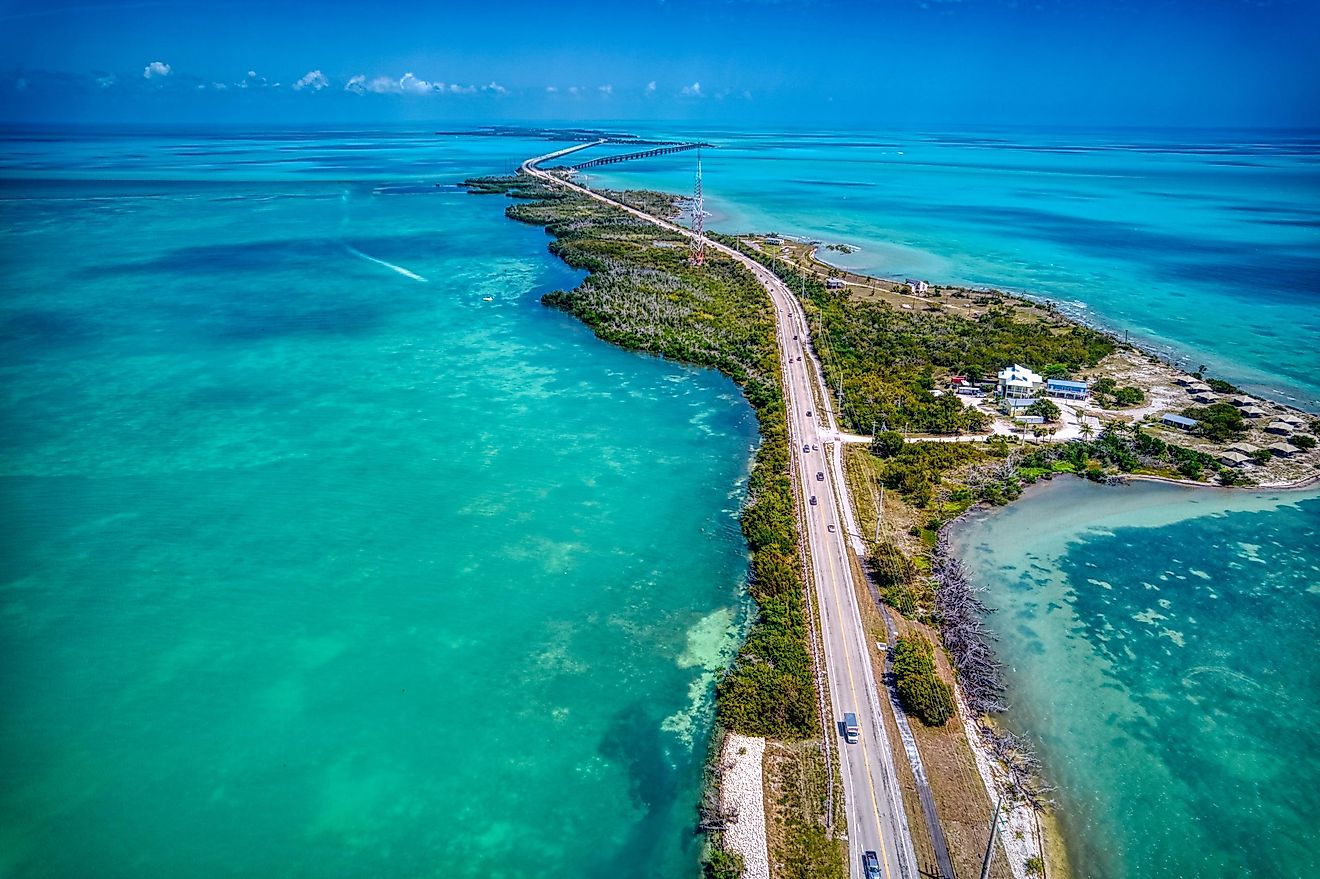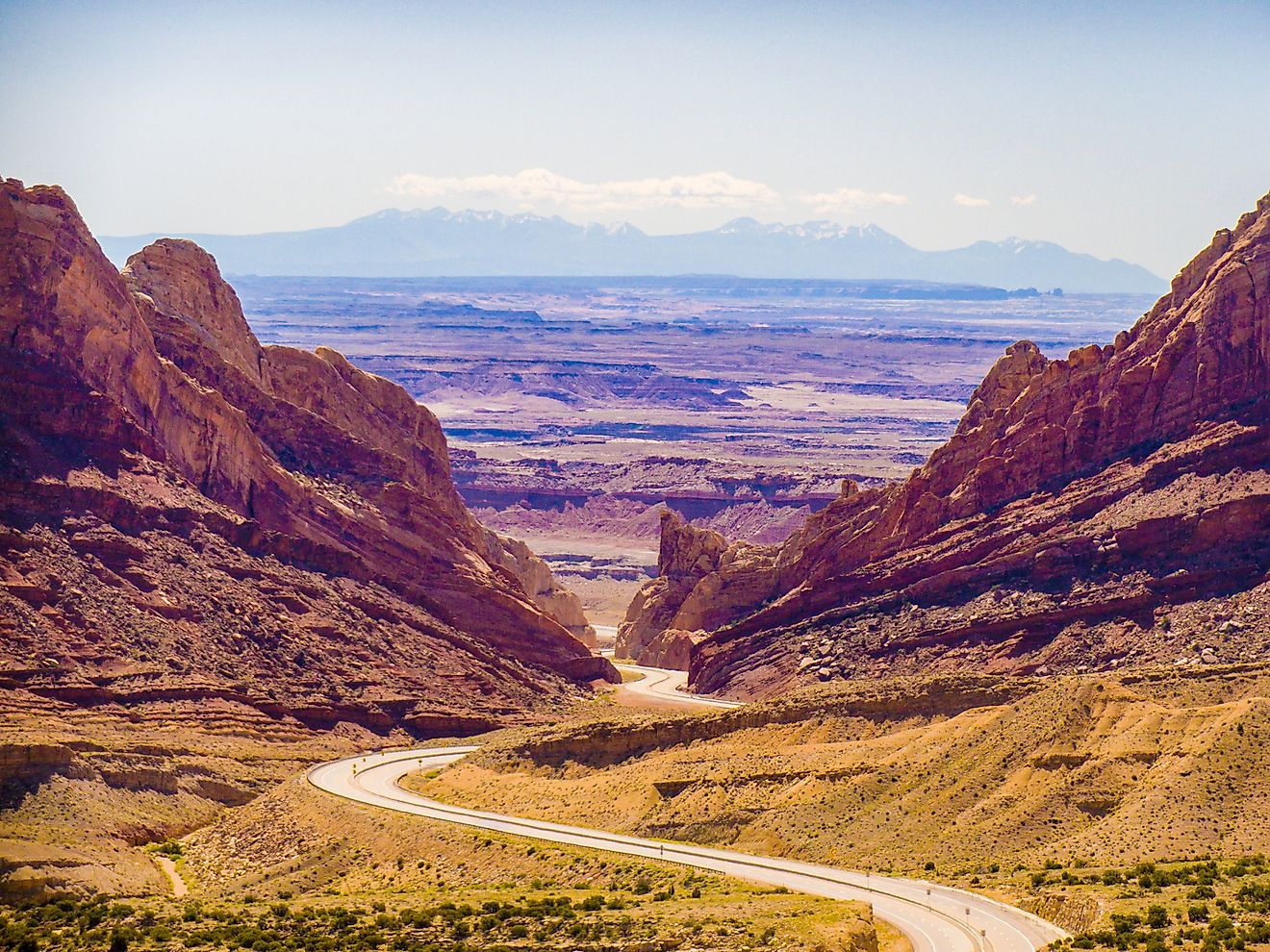Avoid These Tourist Spots If You Love Wildlife
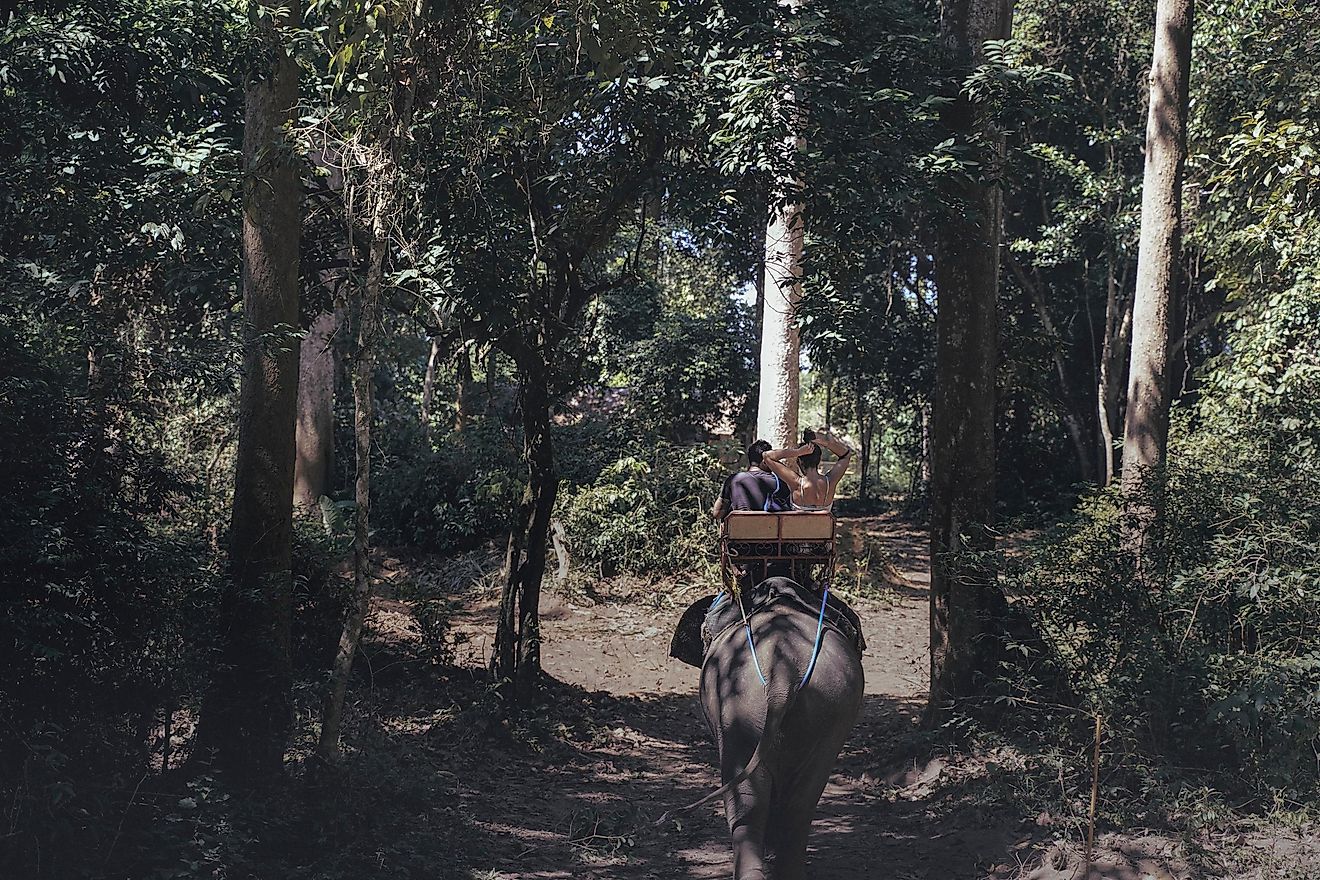
- 75% of animal tourist attractions have a negative impact on wild animals.
- It is estimated that 1,600 captive bottlenose dolphins are being used for entertainment worldwide.
- Macaques that can be trained are forced to perform almost daily for 5 -10 years.
For many, holding a lion cub or swimming with dolphins is a dream come true. However, getting close to these magnificent wild animals comes at a cost. These attractions are undeniably cruel and hugely detrimental to the animals’ safety and wellbeing. Thankfully, in recent years, many laws have been introduced to stop animals from being used as entertainment. But unfortunately, some activities still remain. Read on to find out which tourist spots to avoid you love wildlife.
10. Wild cat experiences
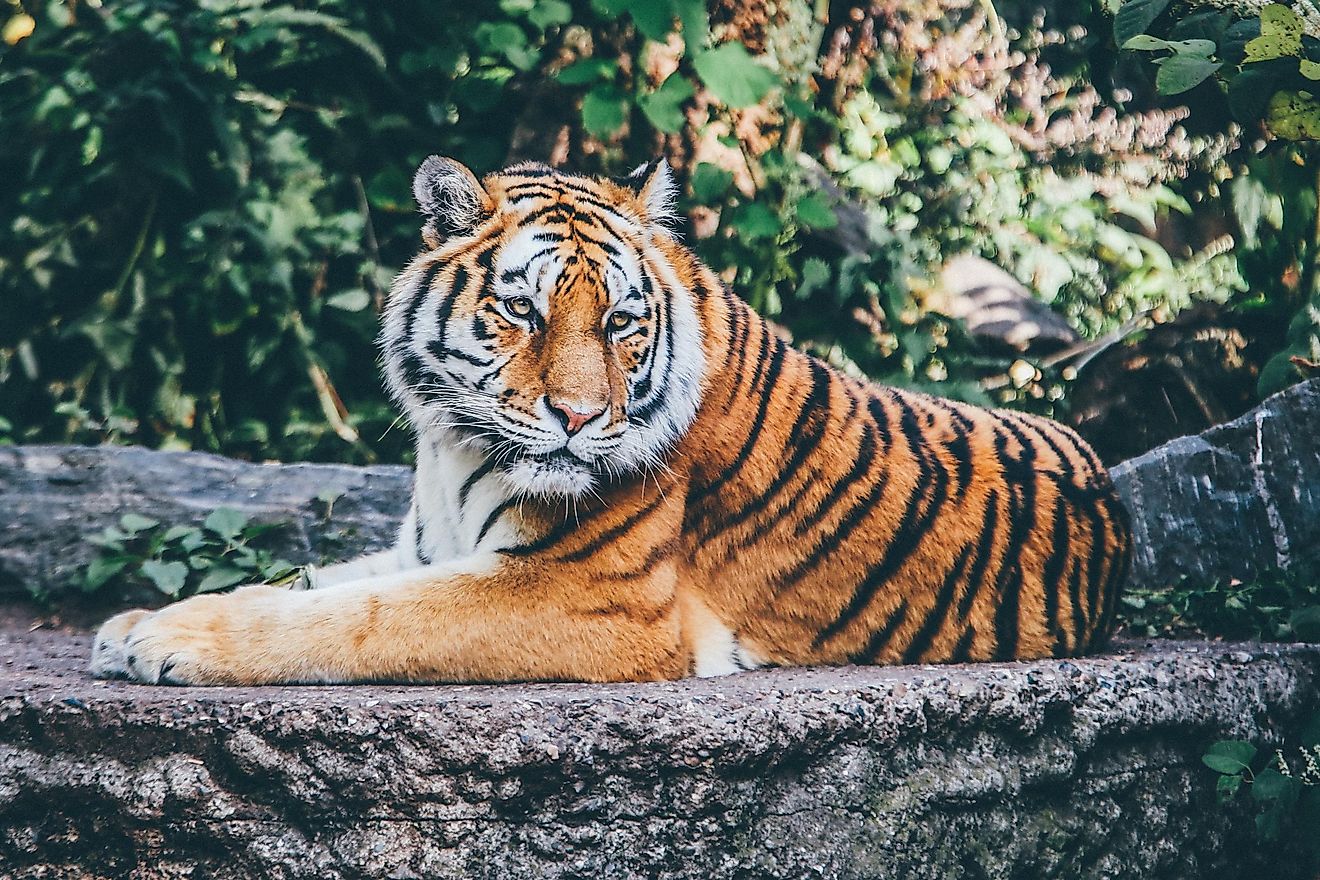
Tourists are often drawn to southeast Asian countries for the opportunity to take photographs with wild cats. Before Thailand’s Tiger Temple was shut down, visitors flocked to the temple to hold cubs and take selfies with adult tigers. The animals were drugged to keep them subdued, chained by their necks, and their teeth and claws were removed. When the cats were not in public view, they were mistreated and kept in small cages. Although Tiger Temple ceased trading, there are many wild cat petting zoos still in operation that carry out the same cruelty; they should be avoided entirely.
9. Elephant rides
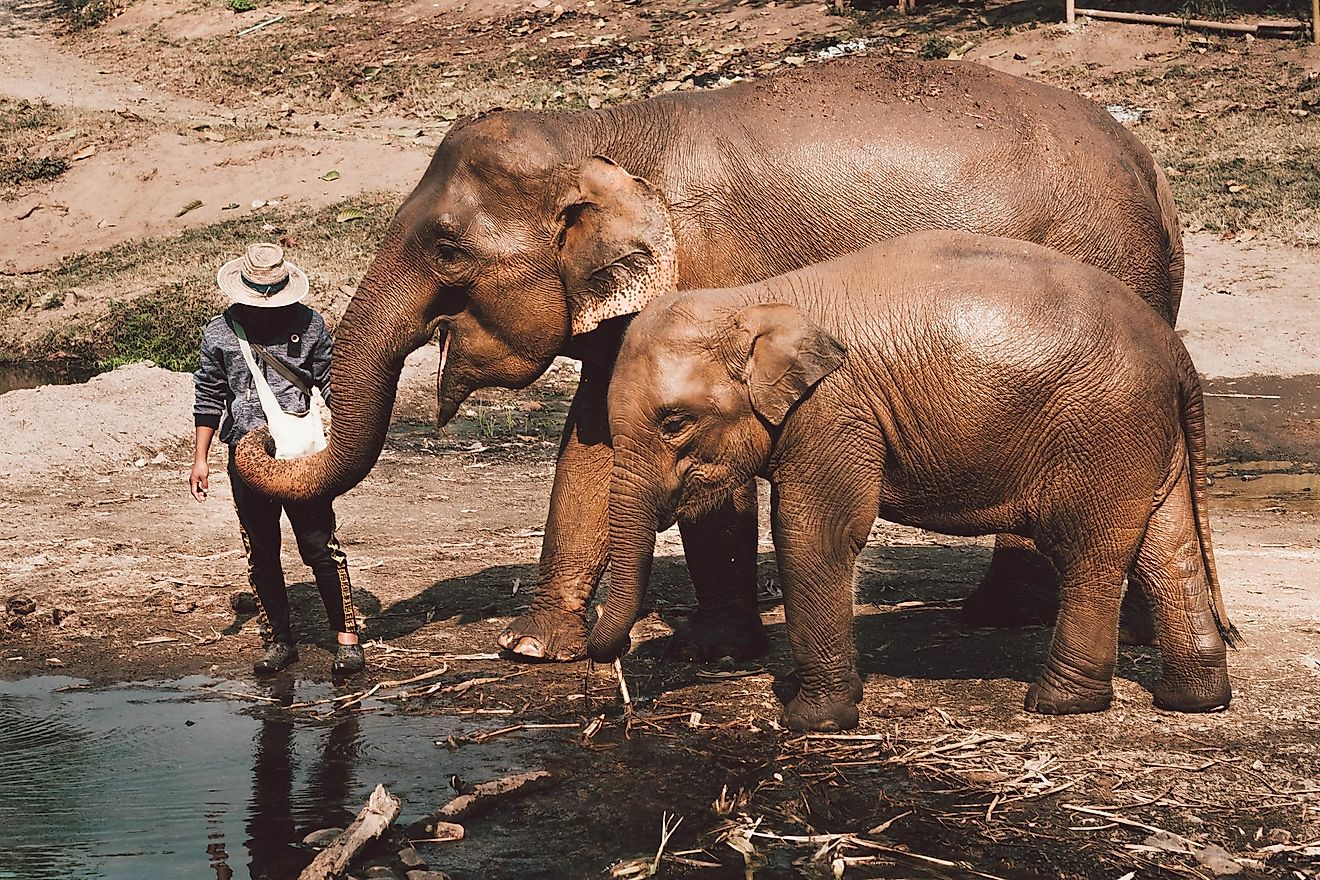
Tourists frequently travel to Thailand to feed and ride elephants. In order to meet demands, elephants are taken from the wild or are bred specifically for tourism. From a young age, they are abused to make them obedient to trainers. The elephants are expected to perform for long hours, and when they are not presented to the public, they are chained up for lengthy periods of time. Although many venues are being shut down because of the cruelty, a large number of them are reopening, claiming to be “sanctuaries.” Be wary of any center that allows you to ride, bathe, or interact with elephants.
8. Swimming with dolphins
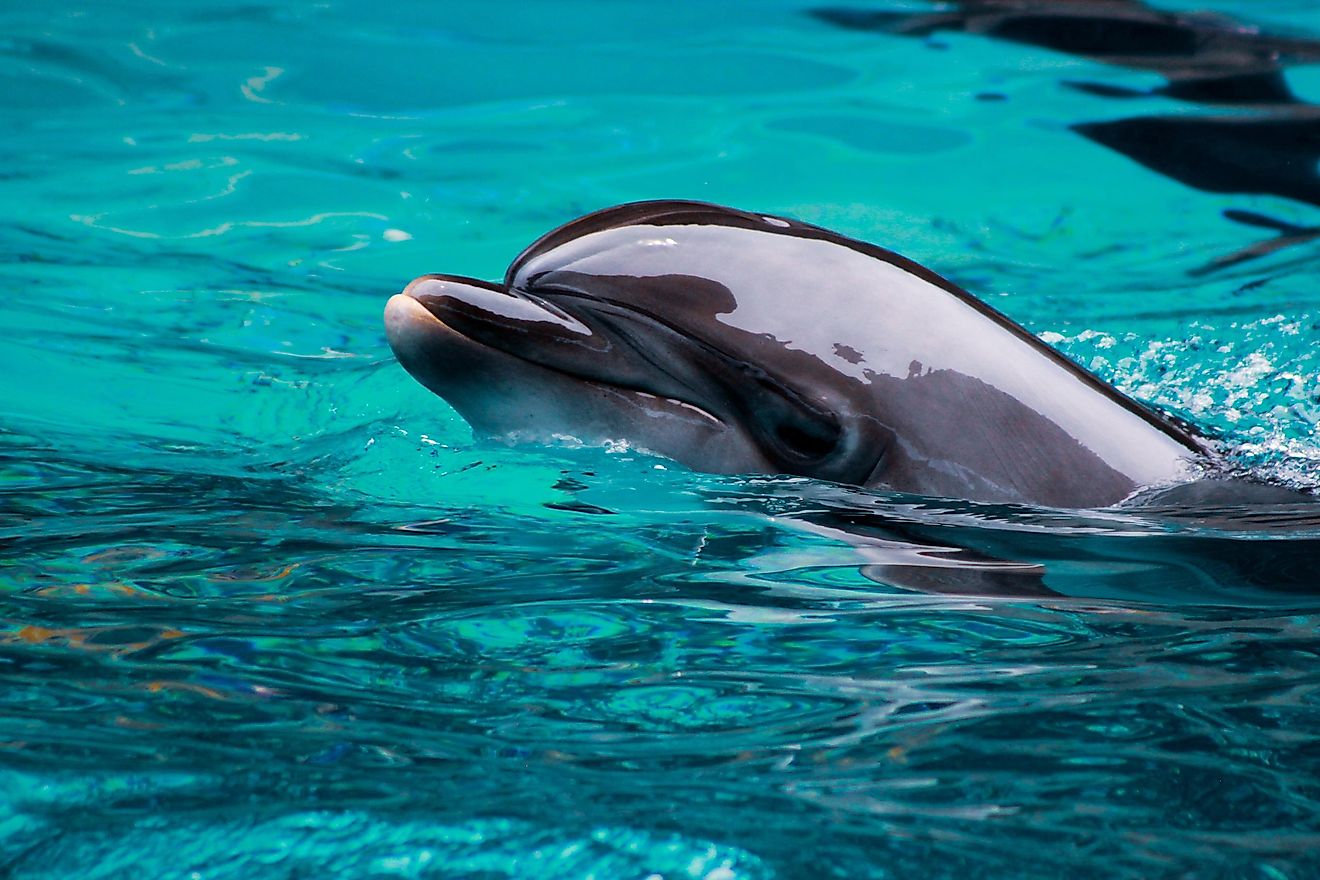
Aquariums and marine parks all around the world offer swimming with dolphin experiences. Often marketed as “once in a lifetime experiences” that can have “therapeutic effects,” the swimming with dolphin programs could not be further from the magical images they portray. In the wild, dolphins swim an average of 60 miles a day, but in the marine parks, they are confined to tanks. This causes an unprecedented amount of stress on the animals, and many end up dying as a result. The stress can also cause the dolphins to bite or harm the humans who swim with them.
7. Whale and dolphin shows
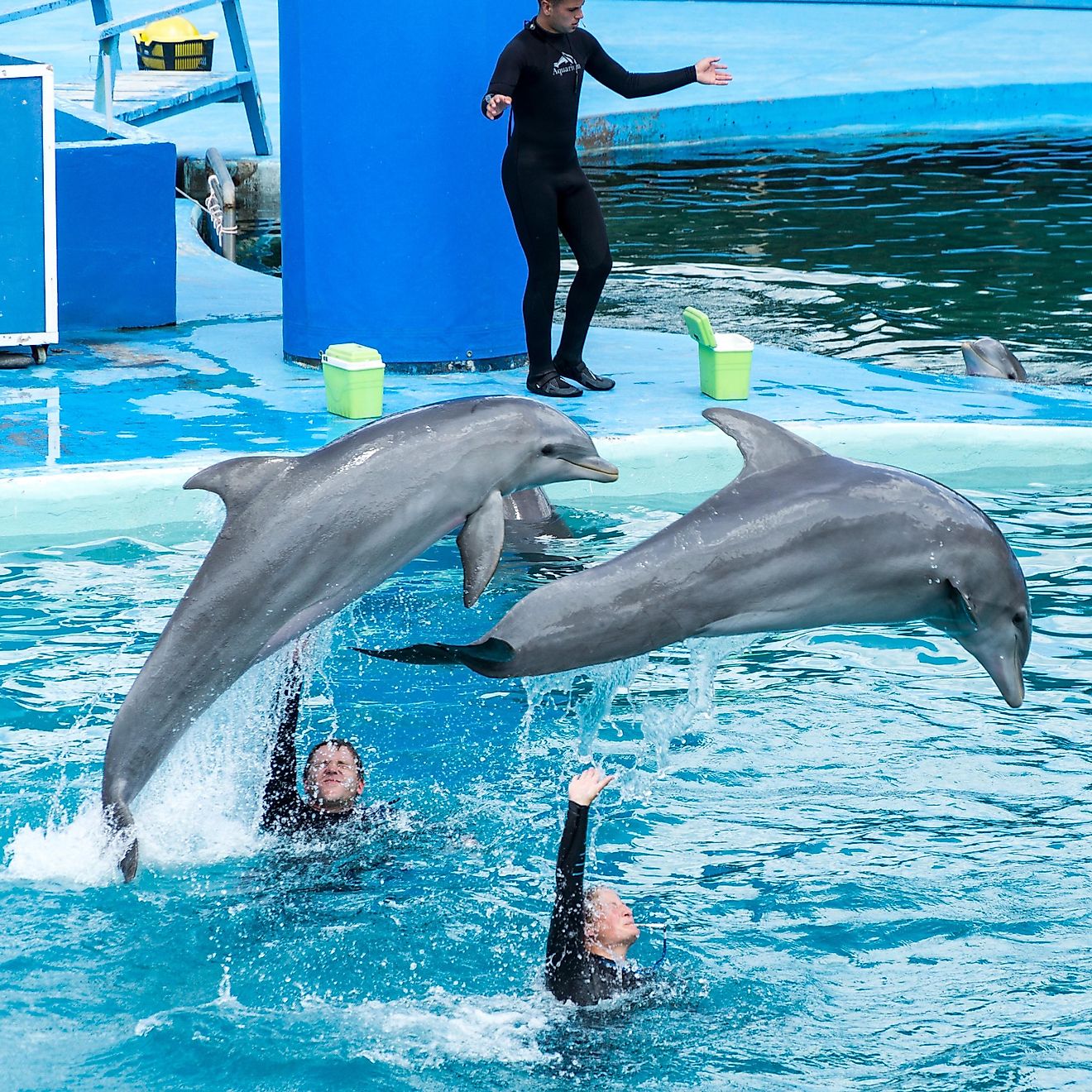
Like swimming with dolphin programs, whale and dolphin shows are hugely unethical. The animals, either born in captivity or poached from the ocean, are made to perform tricks and routines that are completely unnatural in their behavior. The maltreatment causes aggression among the animals and to the trainers. The dolphins and whales are frequently starved, so they are more likely to carry out tricks in return for food, and once they have finished their shows, they are kept in small tanks that destroy their mental and physical health.
6. Handling turtles
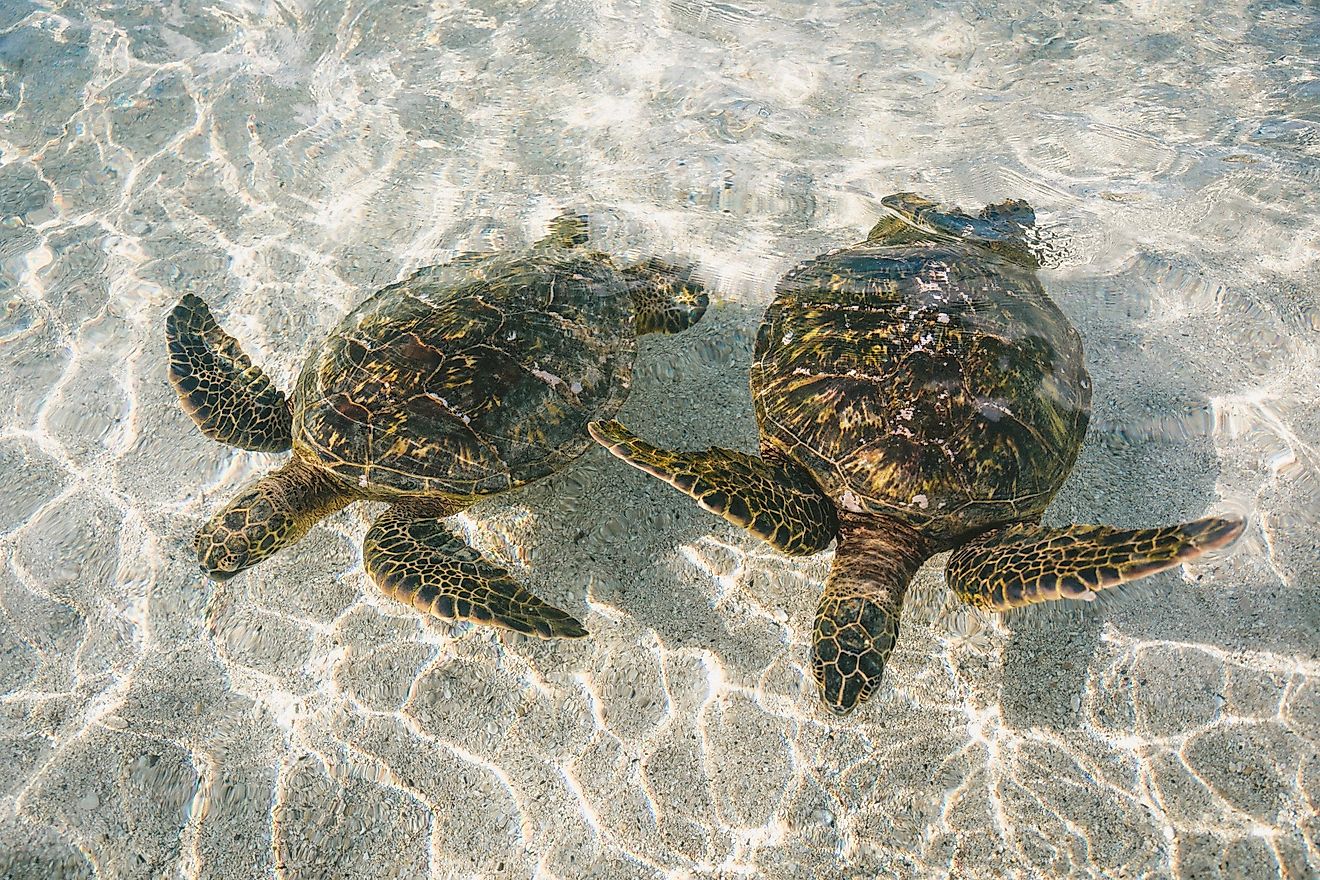
Turtle hatcheries may seem like they are supporting conservation efforts, but in reality, they may be doing more harm than good. The ethics of the hatcheries in Sri Lanka are particularly questionable. Newly hatched turtles are kept in tanks and are given to tourists to hold and take photos with. Turtles should only be held when necessary as handling causes a lot of distress. Humans can also spread deadly diseases to the animals. Hatcheries should follow strict guidelines and should be managed by staff who are experts in turtle conservation.
5. Snorkeling at the Great Barrier Reef
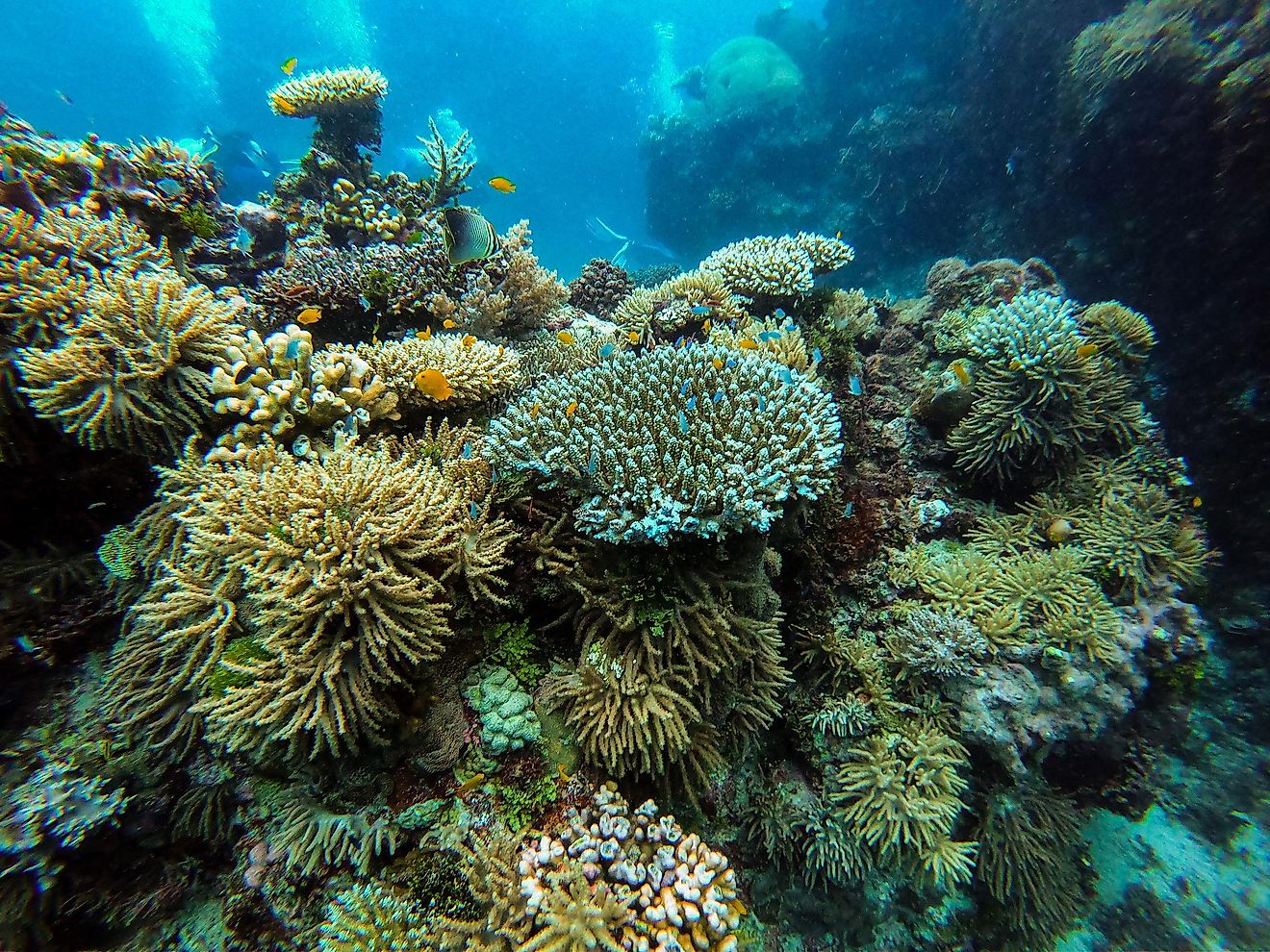
The Great Barrier Reef is the world’s largest coral reef system and attracts over two million visitors each year. However, a series of tourist activities such as snorkeling, diving, and sailing has resulted in the bleaching of the reef. Divers and snorkelers hit the reef with their fins when swimming, which damages the coral. Some tourists touch the coral and take pieces of it home as souvenirs. Tourism has also had an indirect impact on the reef; the increase in infrastructure to accommodate visitors causes pollution in the ocean, which subsequently kills the eco-system.
4. Bullfighting

Although bullfighting is banned in most countries, it unfortunately still takes place in Spain, Portugal, and some South American countries. Huge crowds gather in arenas to watch bulls be tormented, exhausted, and stabbed with lances. After two hours of torture, they are eventually killed by the matador. It is estimated that 7,000 bulls are killed in Spain’s bullfights every year.
3. Kopi Luwak at coffee shops
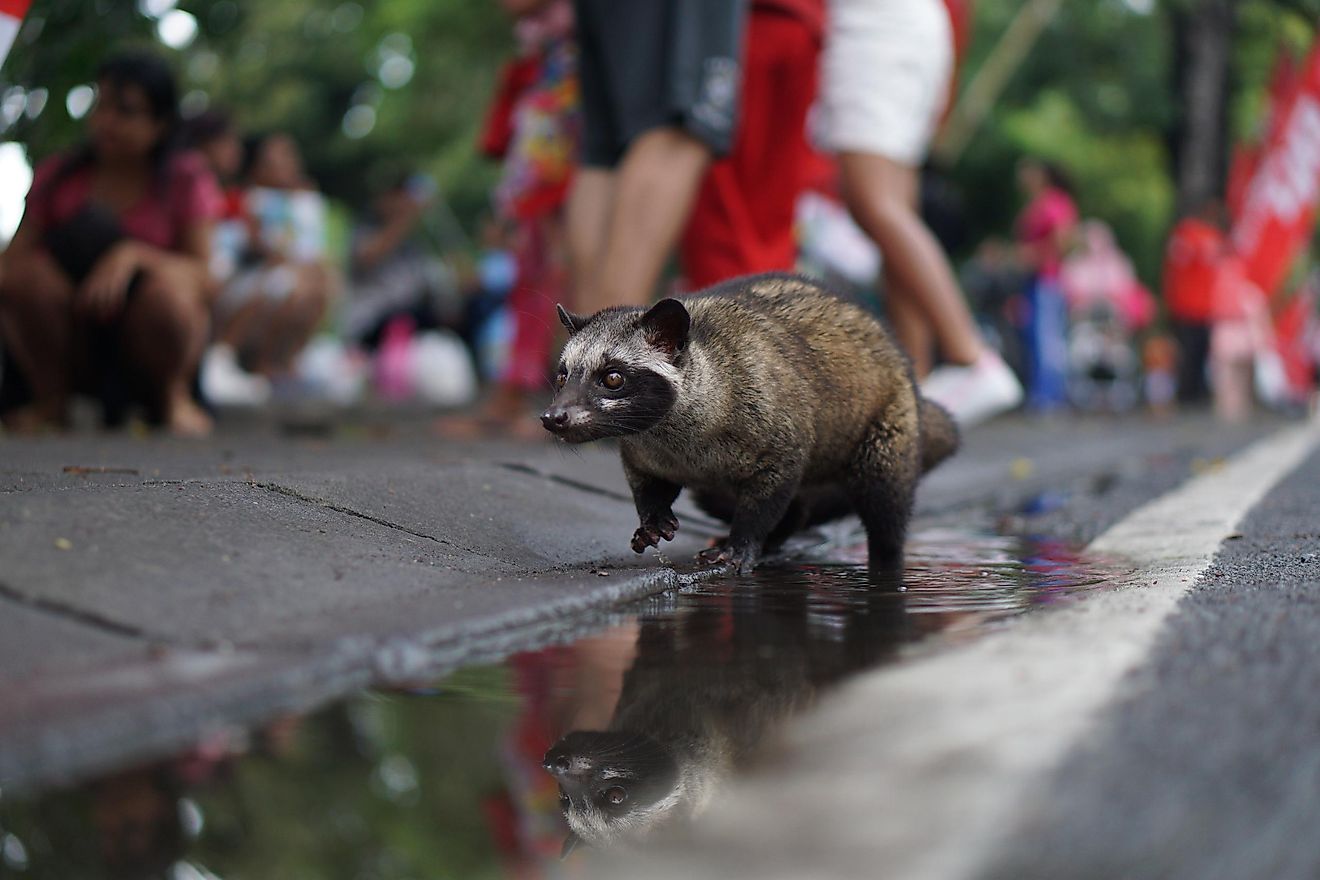
Kopi Luwak, or Civet cat coffee, comes from Indonesia and is the most expensive coffee in the world. The high-price tag is due to the unique method of production – the coffee beans come from the droppings of civet cats. Many tourists visiting Bali go in search of a cup of this lucrative coffee do not realize the harm it causes to the civet cats. The demand for kopi luwak has resulted in civets being captured, caged, and force-fed the cherries that become the coffee beans. The cats are kept in extremely poor conditions; the animals become malnourished and are constantly in a state of distress.
2. Street performing monkeys
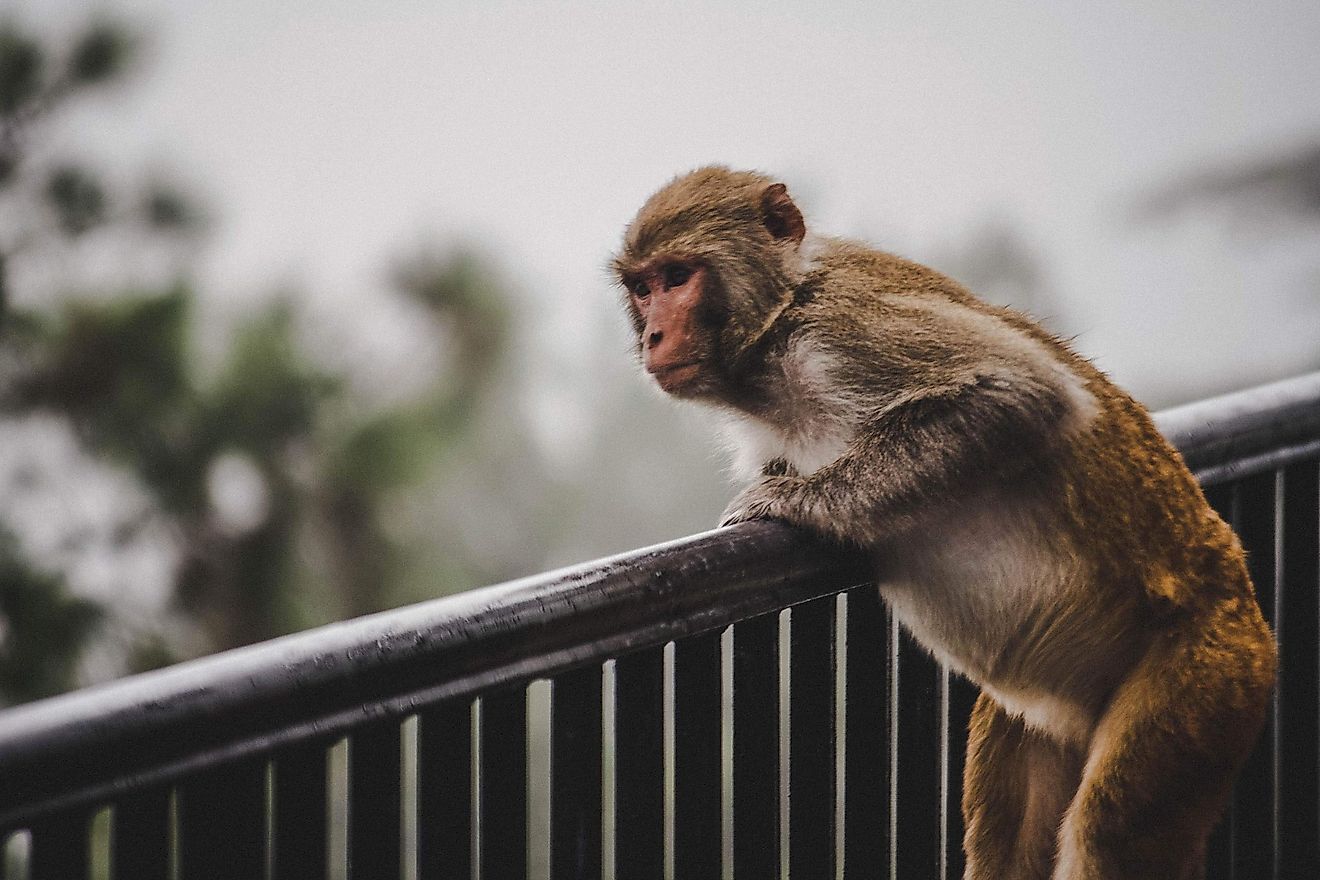
In countries across Southeast Asia, it is common to see macaque monkeys performing on the streets for crowds of people. The monkeys are treated abhorrently in order to get them to perform - they are aggressively "trained" and they are harmed if they do not comply. When they are not performing, they are kept in tiny cages or chained by their necks to stop them from escaping.
1. Snake charming
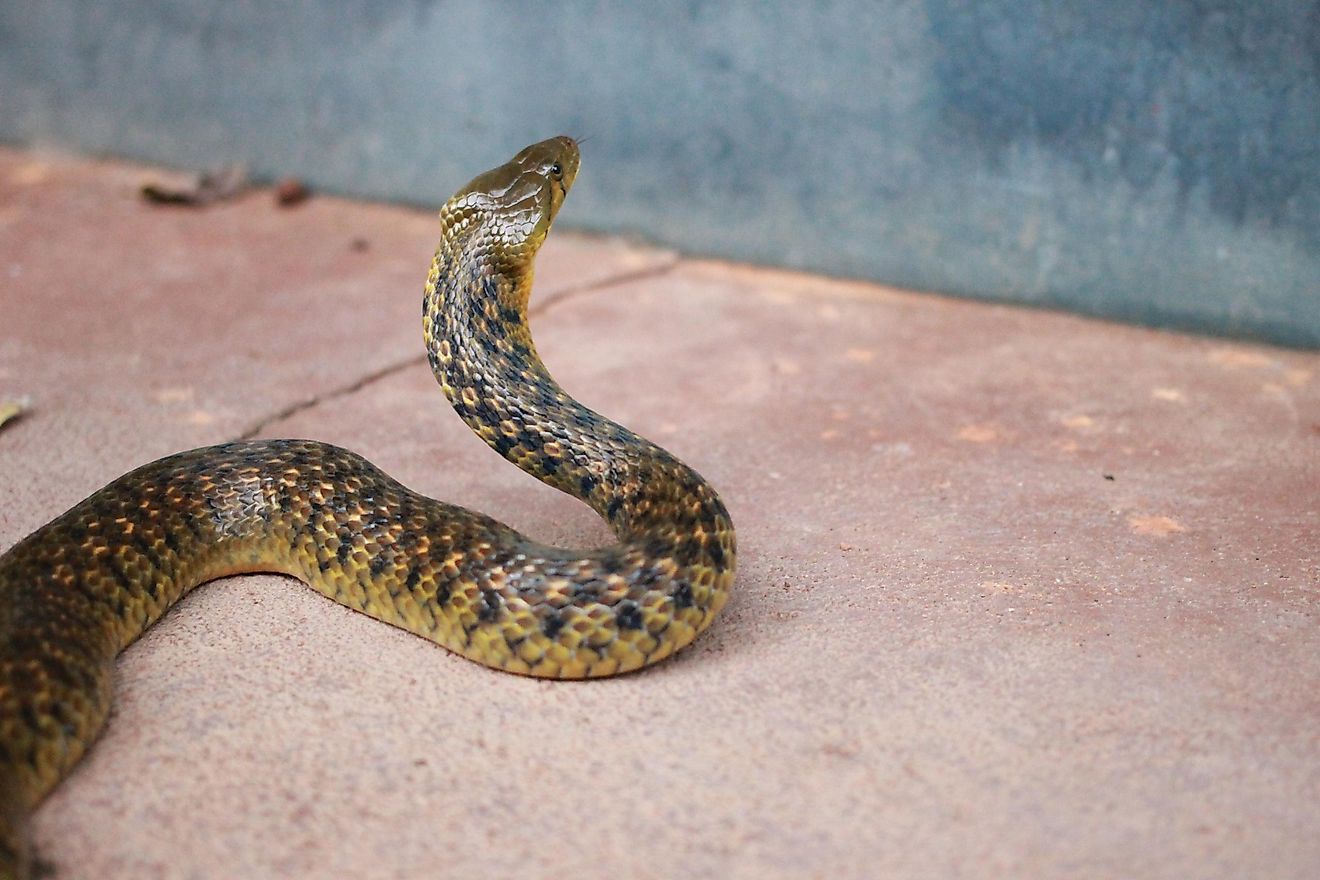
Snake charming is an ancient custom that is commonplace in countries like Egypt, Morocco, and Tunisia. However, a very cruel practice lies behind the enchanting façade. The snakes are captured from the wild, their teeth removed, and their mouths are sewn shut. The snakes then slowly starve to death. The famous ‘dance’ is actually a defense mechanism – the snakes sway because they are terrified of the movements by the charmer and pipe. The animals spend their short lives in fear and agony.









